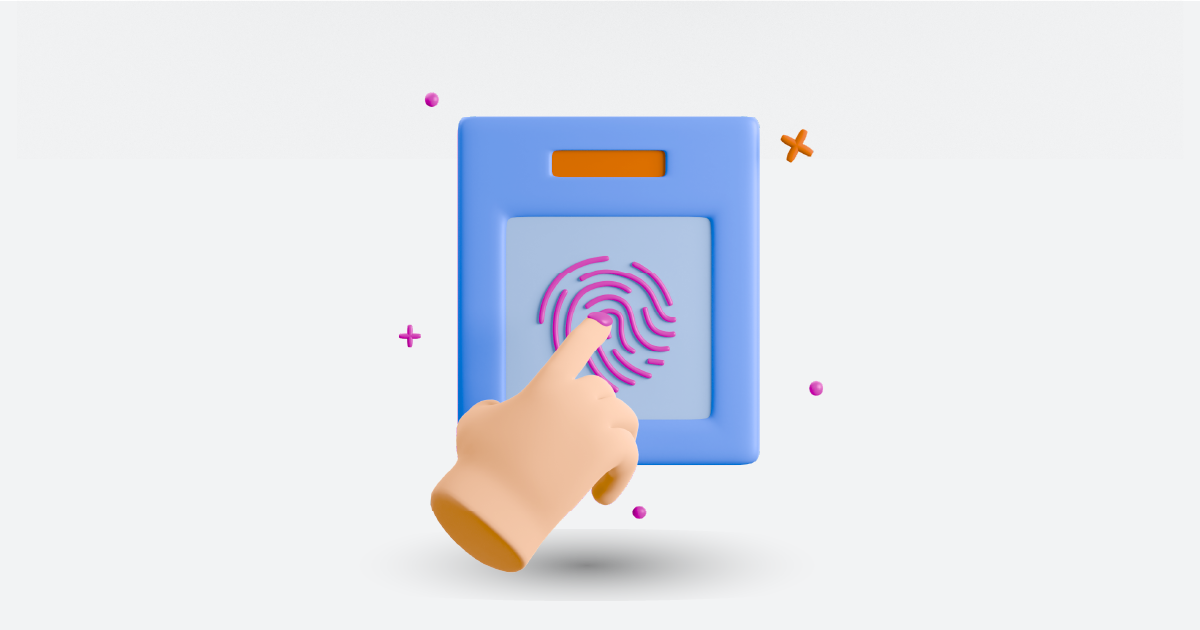In a world where visuals dominate online communication, visual social listening has emerged as a game-changing tool in digital marketing. But what exactly is it, and why is it so crucial in today’s marketing strategies? Let’s dive into the visual landscape and see how this technology is reshaping brand-consumer interactions.
Understanding Visual Social Listening

What is Visual Social Listening?
Visual social listening refers to the process of tracking and analyzing visual content—such as images and videos—posted on social media platforms to gain insights about brands, products, and consumer sentiments. Unlike traditional social listening, which focuses on text, visual social listening captures the broader spectrum of visual data shared by users.
Evolution of Social Listening
Social listening has come a long way from simple keyword monitoring. The shift towards visuals is driven by the growing prevalence of image-based platforms like Instagram and TikTok, where users express themselves more through visuals than text.
Key Components of Visual Social Listening
Key components include image recognition technology, which identifies brand logos, products, and other relevant visuals, and sentiment analysis, which interprets the context and emotional tone of visual content.
How Visual Social Listening Works
1. Image Recognition Technology
At the heart of visual listening is image recognition technology. This technology scans images and videos to identify specific elements, such as logos, faces, or objects, allowing brands to monitor their presence and mentions visually.
2. Integration with Social Media Platforms
By integrating with social media platforms, visual listening tools can automatically scan vast amounts of user-generated content in real time. This integration ensures that brands stay updated on the latest visual trends and mentions.
3. Data Collection and Analysis
Once the visual data is collected, it’s analyzed to extract meaningful insights. These insights can include consumer preferences, emerging trends, and potential areas for brand improvement.
Benefits
1. Enhanced Brand Monitoring
Visual listening allows brands to monitor their logo usage, product mentions, and overall brand presence across social media platforms, ensuring that they maintain a consistent brand image.
2. Improved Customer Insights
By analyzing visual content, brands can gain deeper insights into customer preferences, behaviors, and sentiments, helping them tailor their marketing strategies more effectively.
3. Crisis Management
In case of a crisis, visual listening can help brands identify and address issues swiftly by monitoring and responding to visual content that could harm their reputation.
Applications
1. Brand Reputation Management
Monitoring visuals helps in managing brand reputation by ensuring that all visual content associated with the brand aligns with its values and messaging.
2. Influencer Identification
Identifying influencers who are organically promoting a brand through their visuals can be a valuable asset for marketing campaigns.
3. Competitive Analysis
Visual listening also helps in analyzing competitors’ visual strategies, providing insights into their strengths and weaknesses.
Visual Social Listening Tools
1. Leading Visual Social Listening Tools
Several tools, such as AIM Insights and Talkwalker, are at the forefront of visual listening, offering robust features for tracking and analyzing visual content.
2. AI and Machine Learning in Visual Social Listening
AI and machine learning enhance the accuracy of visual listening by improving image recognition capabilities and predictive analysis.
3. Integration with Other Marketing Tools
Visual listening tools can be integrated with CRM systems and other marketing tools to provide a comprehensive view of customer interactions and brand performance.
Challenges and Limitations
1. Privacy Concerns
Privacy issues arise when monitoring visual content, as users may not be aware that their images are being tracked and analyzed by brands.
2. Accuracy and Bias in Image Recognition
Ensuring the accuracy of image recognition is challenging, as biases in algorithms can lead to incorrect interpretations of visual content.
3. Managing Large Volumes of Data
Handling the sheer volume of visual data generated on social media requires advanced systems and resources, making it a complex task for many brands.
Best Practices for Implementing Visual Listening
1. Setting Clear Objectives
Brands should set clear objectives for what they want to achieve with visual listening, whether it’s brand monitoring, customer insights, or trend analysis.
2. Choosing the Right Tools
Selecting the right tools that fit the brand’s specific needs and budget is crucial for successful implementation.
3. Regularly Updating Strategies
As social media trends evolve, it’s important for brands to regularly update their visual listening strategies to stay relevant and effective.
Future Trends
1. Trends in Visual Content
The rise of augmented reality (AR) and virtual reality (VR) is likely to influence the future of visual social listening, as these technologies become more integrated into social media.
2. Advancements in AI Technology
Advancements in AI will continue to improve the capabilities of visual listening, making it more accurate and efficient.
3. Growing Importance of Visual Data
As visual content continues to dominate social media, the importance of visual data in marketing strategies will only grow, making visual social listening an essential tool for brands.
Conclusion
Visual listening is transforming how brands interact with their audiences, providing deeper insights and more effective strategies. By embracing this technology, brands can stay ahead in the ever-evolving digital landscape.
To see how visual listening can revolutionize your marketing strategy, request a demo from AIM Technologies today. Discover how our cutting-edge solutions can help you harness the power of visual data and gain a competitive edge in your industry.
FAQs
What is visual listening?
Visual listening involves tracking and analyzing images and videos on social media to gain insights into brand mentions, customer sentiment, and trends.
How does visual listening benefit brands?
It enhances brand monitoring, provides deeper customer insights, and helps in crisis management by analyzing visual content shared by users.
What tools are best for visual listening?
Leading tools include AIM Insights, Talkwalker, and Mention, which offer advanced features for monitoring and analyzing visual content.
Can visual listening predict trends?
Yes, by analyzing large volumes of visual data, brands can identify emerging trends and consumer preferences, helping them stay ahead of the curve.
How can companies ensure privacy when using visual listening?
Companies should be transparent about their data collection practices and ensure they comply with privacy laws and regulations.




